Bosch took its innovative line of innovative automotive technology and service solutions to Bosch's Tokai Automotive Testing Center and held the first " Bosch Automotive Technology Innovation Experience Day " with the theme of " Drive the Future, Bosch ", bringing new technological breakthroughs to the Chinese automotive market. Help China build the future automobile society. Green and moving engine energy: from traditional internal combustion engine technology to electrification Bosch Clean Diesel Technology: China is working hard to manage severe air pollution. The government has implemented the National IV emission standard for diesel vehicles last year and announced that it will implement the standard strictly from 2015. Compared with the national three emission standards, for heavy-duty diesel vehicles, meeting the national standard requires reducing nitrogen oxide emissions by about 30% and particulate emissions by 80%. The diesel common rail system produced by Bosch and the commercial exhaust gas after-treatment system specially designed for the Chinese market are the perfect combination to solve the emission problem of diesel vehicles. The Bosch common rail system consists of four main components: common rail injectors, high pressure pumps, high pressure rails, and electronic control units. The high pressure pump generates pressure independent of the engine speed and fuel injection volume in the pressure accumulation container (high pressure fuel rail). Fuel is injected directly into the combustion chamber through the injector. The entire process is monitored by an electronic control unit (ECU). The common-rail system enables high injection pressure at low speeds and allows the fuel to be more fully burned, thereby reducing emissions, fuel consumption, and noise while improving driving comfort. The Bosch Common Rail System can be applied not only to commercial vehicles and non-road vehicles, but also to various types of passenger vehicles. For passenger cars, compared with similar gasoline vehicles, modern diesel vehicles have significantly reduced fuel consumption and carbon dioxide emissions, and their torque output and power performance have greatly increased. Especially for sport utility vehicles (SUVs), the low fuel consumption and high torque that clean diesel technology can provide are ideal for SUVs. In the European market, 80 percent of newly registered SUVs are diesel vehicles. Bosch's newly developed CRS1-18 is a modular common rail system designed specifically for the needs of the Chinese market. It is equipped with a locally developed high-pressure pump and a new, economical ball valve structure injector. All components are designed for the needs of the Chinese market and are produced locally in China. The common rail system CRS1-18 makes the diesel engine more economical and energy-efficient, with lower carbon dioxide emissions. While meeting the national five emission standards, the output power of the engine is increased. As a cost-effective system solution, CRS1-18 can be applied to economical passenger cars, light commercial vehicles and minibuses. Start-stop system: This system can effectively reduce fuel consumption and emissions when the vehicle is idling. When the standard version of the system is waiting for parking (for example, encountering a red light), an electronic battery sensor can be used to monitor the status of the battery at all times so as to ensure that the engine automatically shuts off and automatically ignites when it is driven again, thereby achieving the effect of energy saving and emission reduction. In the new European Driving Cycle (NEDC) city test link (ECE15), energy savings can be reduced by 8%, and in actual urban traffic this figure can be as high as 15%. In order to further reduce vehicle fuel consumption and carbon dioxide emissions, Bosch has introduced a premium version and a coasting version of the start-stop system to extend engine idle time. The Advanced Start-Stop System automatically shuts down the engine when the vehicle is running at a low speed (≤20 km/h), and the coasting start-stop system automatically shuts down the engine when the vehicle is traveling (≤120 km/h), further reducing fuel consumption and emissions by 10%. Continuously variable transmission CVT technology and pressure steel belt: In China, with the continuous maturity of automatic transmission technology, efficient CVT technology has significantly increased its application in automobiles with excellent fuel economy, comfort and cost-effectiveness. With an infinite number of gear ratios, the CVT's unique transmission mechanism and intelligent electronic control system optimize the coordination of torque and engine speed, allowing the engine to always operate in the most efficient manner, thus ensuring reduced fuel consumption and carbon dioxide emissions. The CVT provides uninterrupted power when shifting, thus ensuring 100% smoothness and optimum comfort, ideal for traffic in congested urban roads. In addition, the high ratio of CVT transmission and the flexibility of system mounting enable the CVT to enable better cooperation between the engine and the hybrid motor, making integration of the hybrid system simpler and more efficient. Drive motors: For new energy vehicles, Bosch offers two different types of permanent magnet synchronous motors: separate motors and coaxial motors, suitable for applications ranging from weakly mixed, strong-mixed, plug-in hybrid to extended-range electric Various powertrain electrification systems such as vehicles and pure electric vehicles. Split-type motors use distributed windings, which have small radial dimensions and higher rotational speeds and can be used for higher gear ratios. The coaxial motor uses a concentrated winding, short axial length, easy integration with the transmission, clutch and other power systems. Power Electronics Controller: The power electronics controller consists of an inverter and a DC/DC converter. The inverter controls and monitors the motor through power electronics to ensure that the motor reliably outputs torque to the power system to meet its needs. The DC/DC converter converts the high voltage of the power battery into a low voltage of 12 volts, supplying energy to the vehicle electrical loads. The power electronic controller for single motor control is a cost-effective product tailored for the Chinese market. Based on the existing product technology, the local R&D team has comprehensively improved product performance by improving the design of power electronics modules and cooling systems. Hybrid and pure electric battery systems: Hybrid and pure electric vehicles are driven by motors. This motor is driven by the battery system. Battery packs developed and manufactured by Robert Bosch Battery Systems can recover the energy generated by the motor when the vehicle is braking or by external charging to meet the acceleration needs. High-voltage batteries based on lithium-ion technology have optimized their high performance and high energy density. The 1st generation battery of the Bosch battery system has realized a pure electric mileage of 30 kilometers for plug-in hybrid vehicles and 200 kilometers for pure electric vehicles. In the future, the product will be more optimized and more compact product structure, meet the safety performance of ISO26262, provide long-lasting battery life, global service, and environmental recyclability. Bosch battery systems have already begun the development of next-generation battery technology. Bosch Electric Bicycle Drive System: Bosch not only applies its professional system capabilities to electric traffic, but also extends to the field of electric bicycles. In 2012, Bosch established a joint venture to enter the rapidly growing Chinese electric bicycle motor market. Not only that, Bosch also provides a control unit that perfectly matches the motor. The control unit has an acceleration function to efficiently recover the energy during braking while maximizing driving pleasure. It also has safety features, such as the ability to detect the weight of the electric bicycle seat cushion to control the power of the motor, so as to avoid the unsafe phenomenon of the vehicle flying out due to excessive power when the electric vehicle is implemented. The hub motor balances high performance and small volume. It can be easily mounted on the rear wheel, making the assembly process exceptionally simple. Therefore, it can meet the standard installation requirements of the Chinese market. In terms of quality and performance, Bosch wheel motors and control units have completely set a new benchmark. Intelligent brake assist system iBooster: This product enables hybrid and pure electric vehicles to achieve higher energy efficiency, shorten braking distance and improve safety. As with the conventional vacuum booster, when the driver depresses the brake pedal, the input rod moves in the direction of the booster valve body. After the pedal forming sensor measures the displacement of the booster input rod, the displacement signal is sent to the iBooster control unit. The control unit calculates the torque requirements that the motor should generate. The secondary gear device then converts this torque into the servo braking force of the booster valve body. In addition, if used in vehicles equipped with an energy recovery system, iBooster will work with ESP hev to achieve energy recovery of up to 0.3g deceleration, which is sufficient to cover most of the braking situations in road traffic. Driver assistance systems also benefit from the innovative iBooster technology. Even if the driver does not step on the brake pedal, iBooster can quickly establish the required brake pressure and make precise adjustments to it - a huge advantage for the automatic emergency brake system. In critical situations, iBooster can not only shorten the braking distance, but also help reduce the impact speed when the collision is inevitable, thereby reducing the damage to the parties. Wisdom • Drive: Safety technology and driver assistance systems are the cornerstones for future autonomous driving Driver Assistance Systems: According to data studies, more than 90% of traffic accidents are caused by human factors. Globally, road traffic accidents cause nearly 1.3 million deaths each year and 50 million people are disabled. To minimize road traffic accidents and achieve a “zero accident†vision, Bosch continues to innovate driver assistance systems to lay the foundation for building automated driving. The system monitors the surroundings of the vehicle through radar, video, and ultrasonic sensors, and provides the processed information to the driver to achieve a safer and more comfortable driving process. The radar sensor can accurately measure the distance and speed of other vehicles within a range of 200 meters, laying an ideal foundation for adaptive cruise control and predictive emergency braking systems. Bosch specifically uses a high-capacity 77Ghz frequency band that is permanently allocated to the car for worldwide matching. Bosch's medium-range radar sensor (MRR) was put into volume production in 2013. The video sensor can identify all objects from road markings to pedestrians and bicycles. The new Bosch stereo camera, which was put into volume production in 2014, features a binocular camera. This single sensor solution meets all the latest requirements of Euro NCAP. The wide-angle video sensor has a 360° viewing angle (bird's-eye view) and can cover the entire near-distance area around the vehicle, and is thus increasingly used for parking and steering assistance functions. Ultrasonic sensors are based on the principle of bats exploring the road in the dark, and are cost-optimized solutions that have been successfully applied to the distance measurement function of parking assist systems in the past two decades. Bosch's driver assistance system will be mass-produced on China's own brand models this year. Automatic parking assistance system: The remote control function of Bosch's automatic parking assistance system allows your car to be accurately parked in a small space even without a driver. Ultrasonic sensors scan the road side as the vehicle moves. Once the system finds a suitable parking space, the driver will be informed immediately. The driver can stay in or out of the car to achieve automatic parking via a remote control device (eg smart phone) - this is indeed a big advantage, especially when the parking space is extremely narrow. The Automatic Parking Assist System is fully capable of steering, accelerating and braking operations in parallel and vertical parking, and can flexibly cope with various parking environments including garages, parking lots and the like. The driver can stop the parking process at any time by releasing the operation button. After parking, the system will automatically switch the gearbox to the P position as required, pull up the parking brake, turn off the engine and lock the car. Autopilot technology: In May 2013, Bosch Autopilot Technology conducted a road test in Germany to test the auto steering and autopilot functions in the daily driving environment to further optimize its performance. The first phase of this technology's R&D test is automatic driving on the freeway. Because there are no pedestrians, cross traffic, and oncoming vehicles, the highway is the road section with the lowest challenge factor for autonomous driving. Test vehicles equipped with Bosch's automatic driving technology have road keeping support, adaptive cruise control systems, and coordinated assistance with lane change assistance, and use the Bosch Radar and Video Sensors to collect the necessary vehicle surroundings information. The real-vehicle road test will help develop more automated driving functions, such as the ability to achieve fully automated driving and traffic congestion assistance at low speeds. Currently, these tests have provided many valuable lessons for improving the performance of emergency braking or avoiding systems. The traffic congestion assistance system with a higher degree of automation will be mass-produced in 2015. From partial autos to highly automated and fully automated, automotive technology will eventually evolve toward the goal of autonomous driving. Anti-lock brake system (ABS) for motorcycles: The ABS anti-lock brake system prevents wheels from locking when braking, even on changing surfaces. Bosch ninth-generation motorcycle ABS is the first anti-lock brake system developed specifically for motorcycles. Its compact size, lighter weight and modular design make it possible to be applied to motorcycles of various performance levels. Car. The Bosch Motorcycle Body Stabilization System (MSC) was also introduced in 2014. It is the world's first support product that can be used in various riding conditions. Whether it is braking, accelerating, or driving straight or turning, it will not The essence of the impact of motorbike driving pleasure - control experience. Three-channel basic anti-lock braking system (ABS) designed for mini vehicles: Bosch's three-channel ABS is suitable for parallel brake circuit layout and is designed for mini vehicles (vans). Based on Bosch's modular software architecture, anti-lock braking and electronic brake force distribution functions are available. Based on the hardware structure of the ninth-generation ABS system, the system is streamlined for system configuration and can be flexibly adapted to different installation requirements. Brake safety is also very important for micro and small cars. However, the active safety configuration of such vehicles is still to be improved, and the three-channel basic ABS developed by Bosch can meet the safety braking requirements of mini-vehicles represented by minivans. . Linking the World: "Connected" Makes Driving Safer and More Comfortable MySPIN Smartphone Solution (My Smartphone integration): As a solution for owners of smartphones, the system is also applicable to Android and iOS operating systems. Through mySPIN, users can directly project the apps in the smartphone onto the display of the in-vehicle entertainment system, enabling easy operation and control of the app. In order to ensure traffic safety, the mySPIN system has a "white list", and only certified mobile phone apps can enter the "white list" to operate through the car entertainment system. mySPIN stands for Bosch's technical philosophy: The more functions onboard, the easier it is to operate. Interconnected control unit CCU: Bosch's "Connected Control Unit (CCU)" is a communication solution for fleet operators. Bosch has provided communication systems for trucks for more than a decade and has in-depth knowledge of customers and markets. The CCU connects vehicles via an on-board bus to monitor vehicle operating data, provide diagnostic information and maintenance advice, and the relevant information is automatically transmitted to the control center to help operators improve fleet management and reduce operational risk. The system has received orders from a large car rental company and will be put into use in 2014. Nickel Fluoride 2836999000,45 Alkaline Nickel Carbonate,Nickel Fluoride 98,Fine Chemicals Nickel Shaoxing Yingke Metal Extracting Co., Ltd , https://www.nickelsalt.com
Picture left: Diesel high pressure common rail system CRS1-18 Figure right: Commercial vehicle exhaust gas aftertreatment system Denoxtronic 6-5 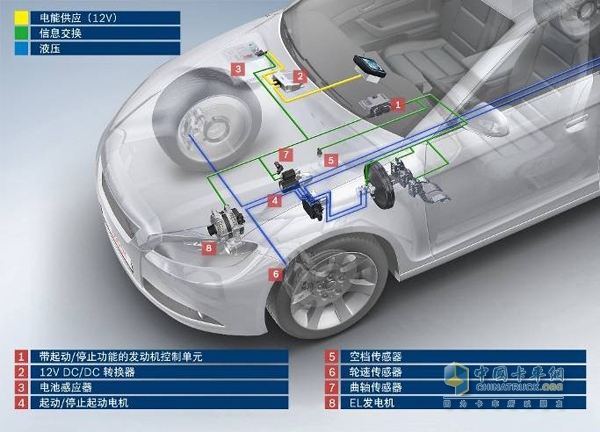
Start-stop system 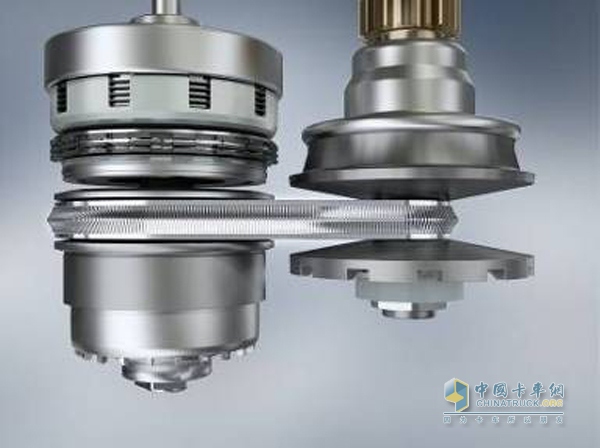
CVT pressure strip 
Left picture: Separate motor Figure Right: Coaxial motor 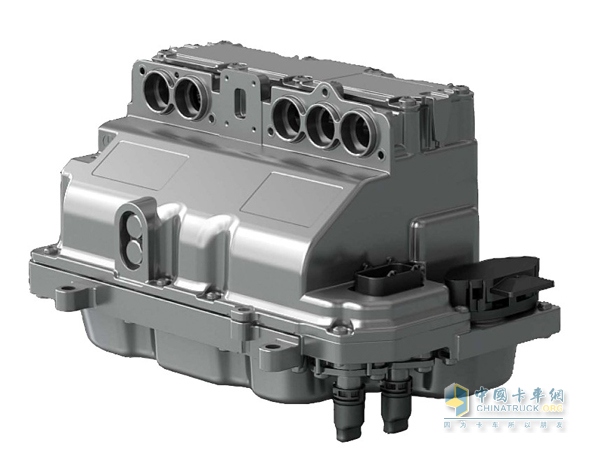
Power Electronic Controller 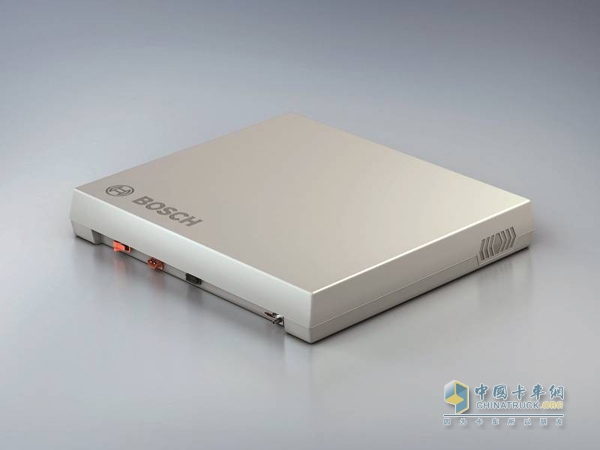
Hybrid and pure electric battery systems 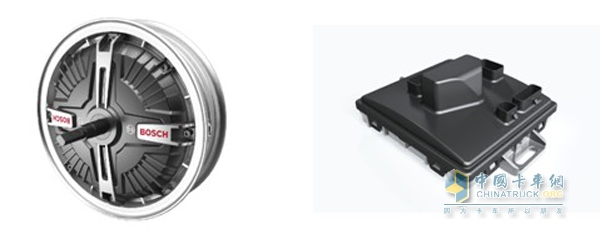
Left picture: Electric bicycle motor Right picture: Electric bicycle controller 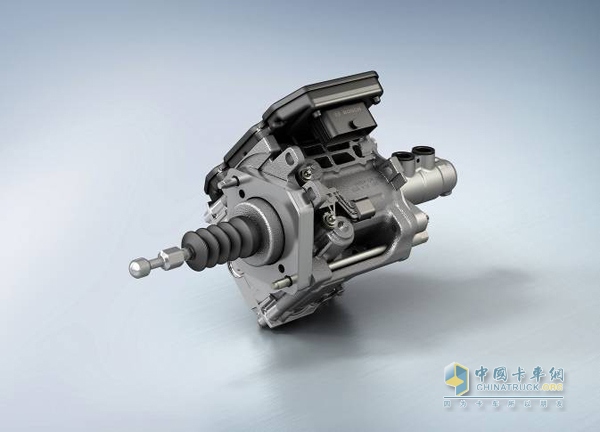
Intelligent brake assist system iBooster 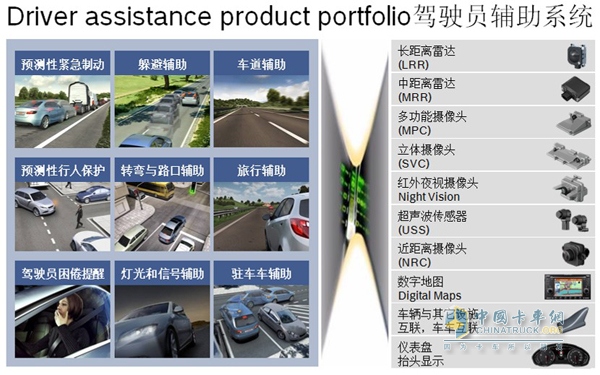
Driver Assistance System 
Automatic parking assistance system 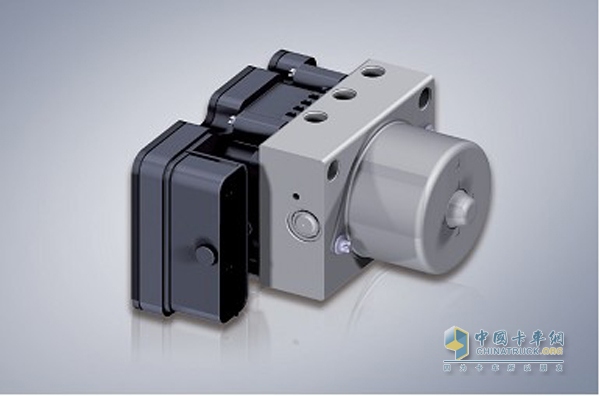
Three-channel basic anti-lock braking system (ABS)